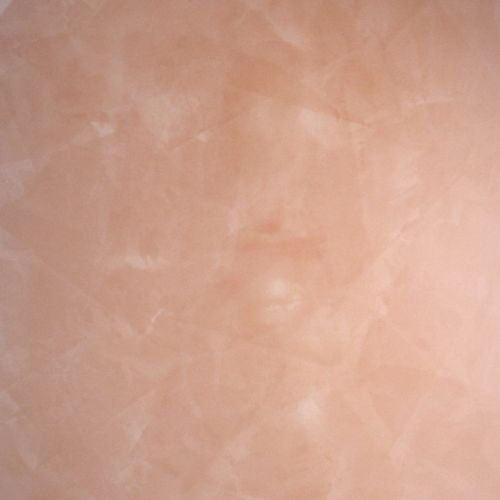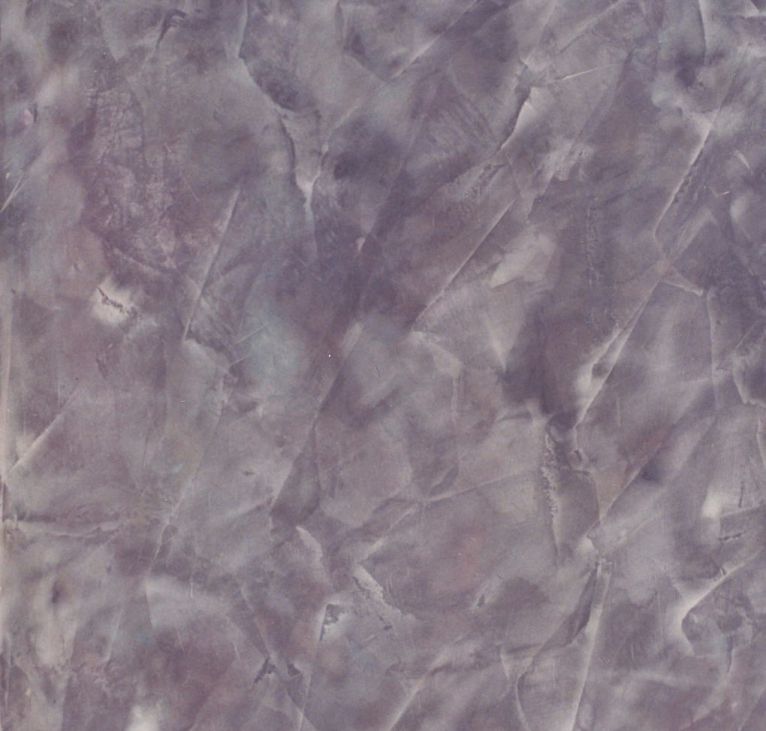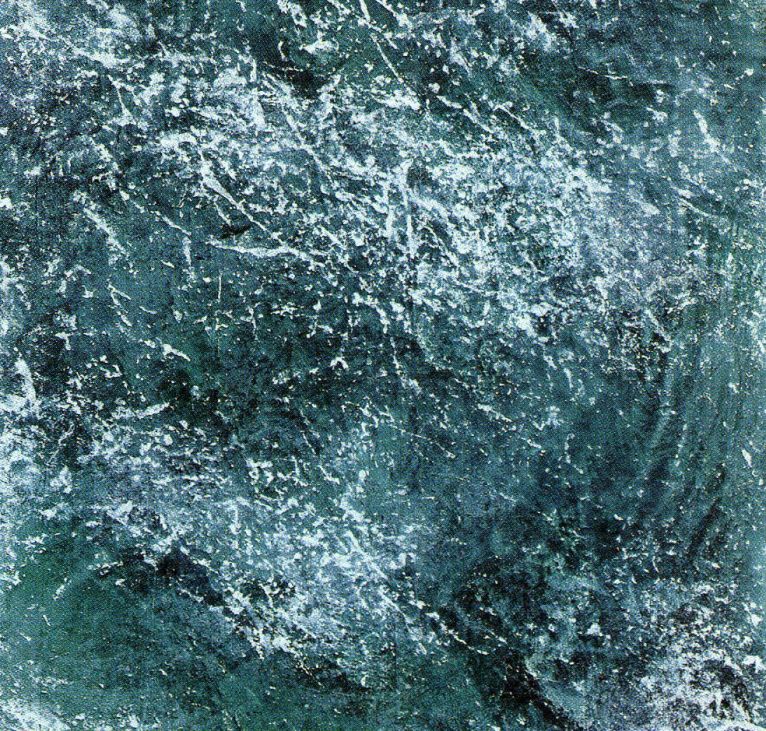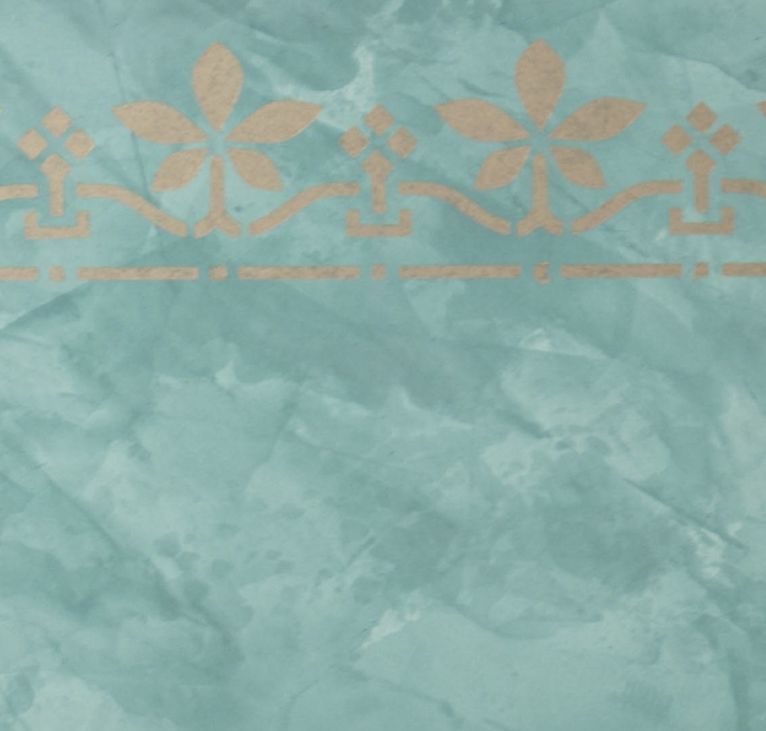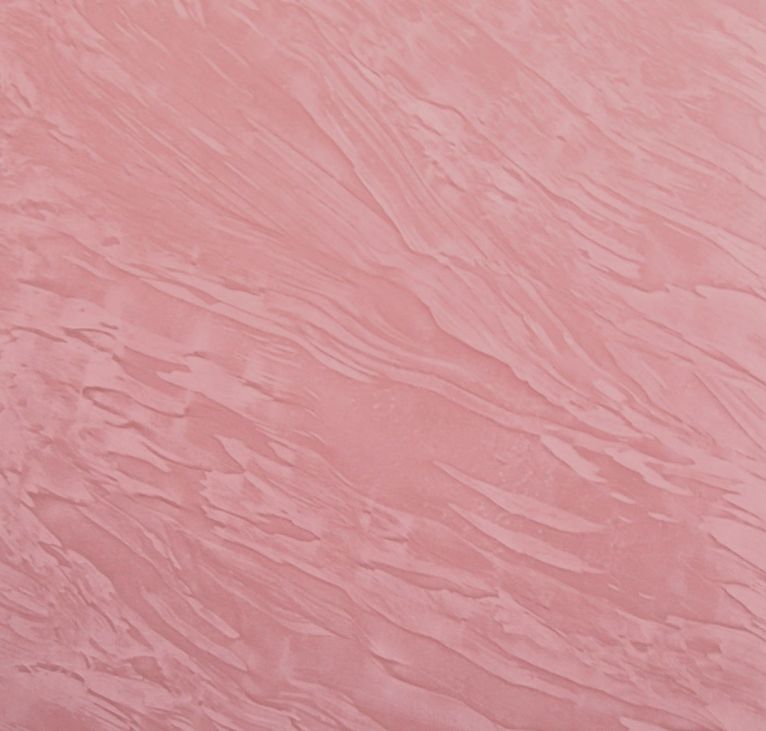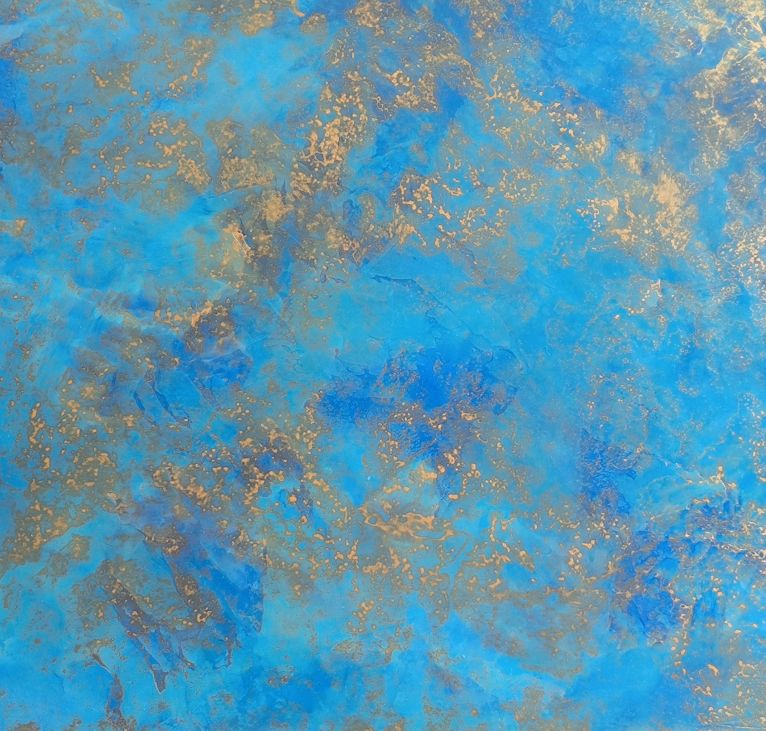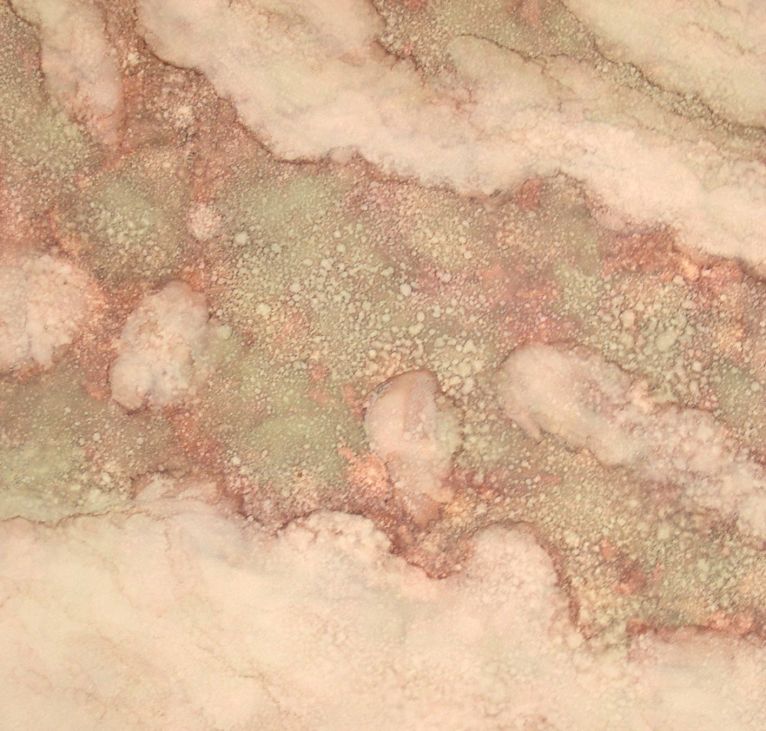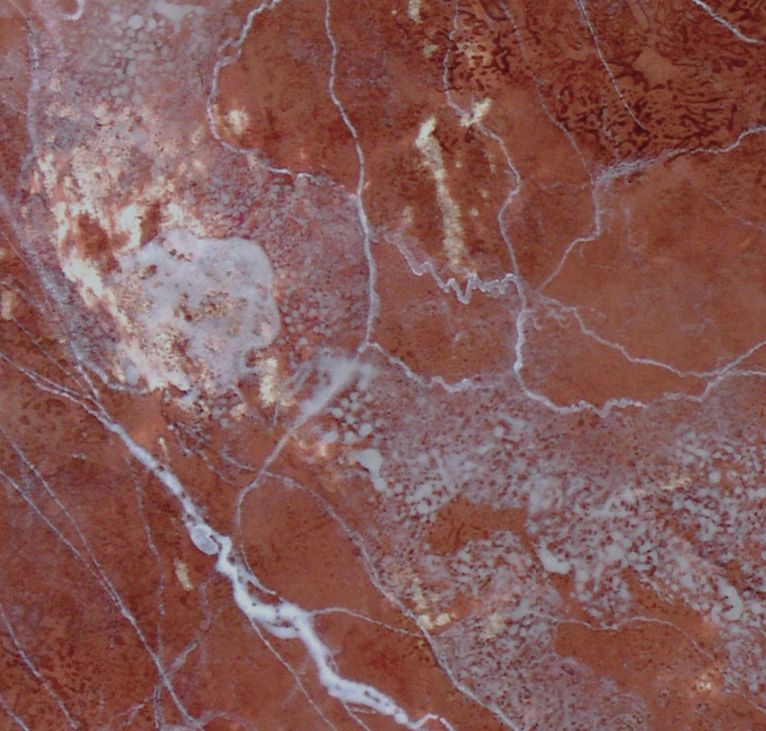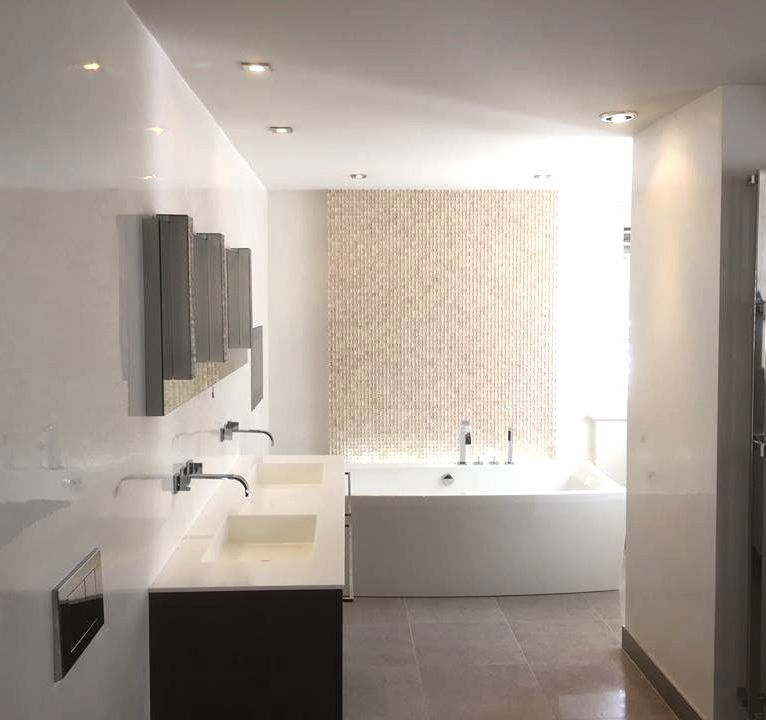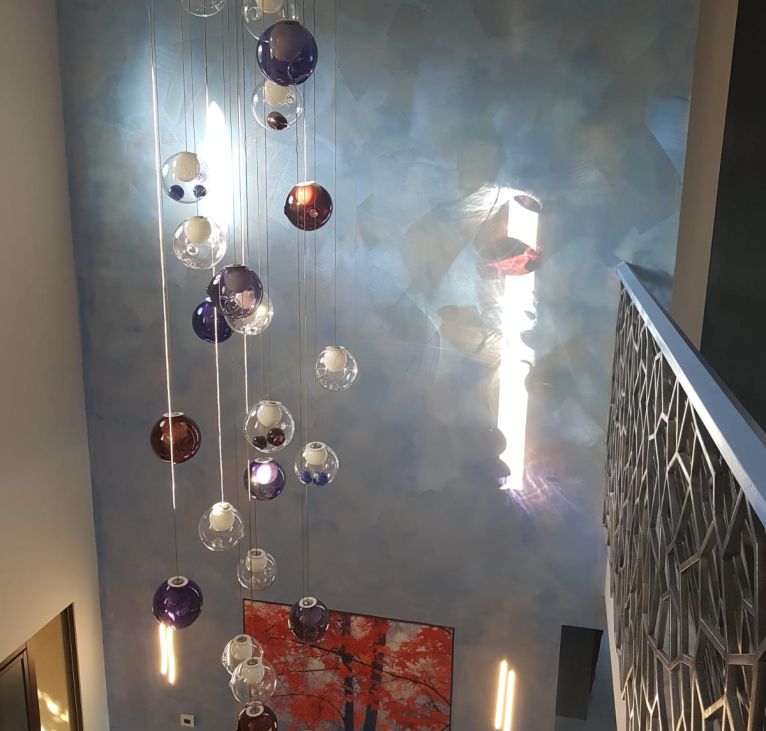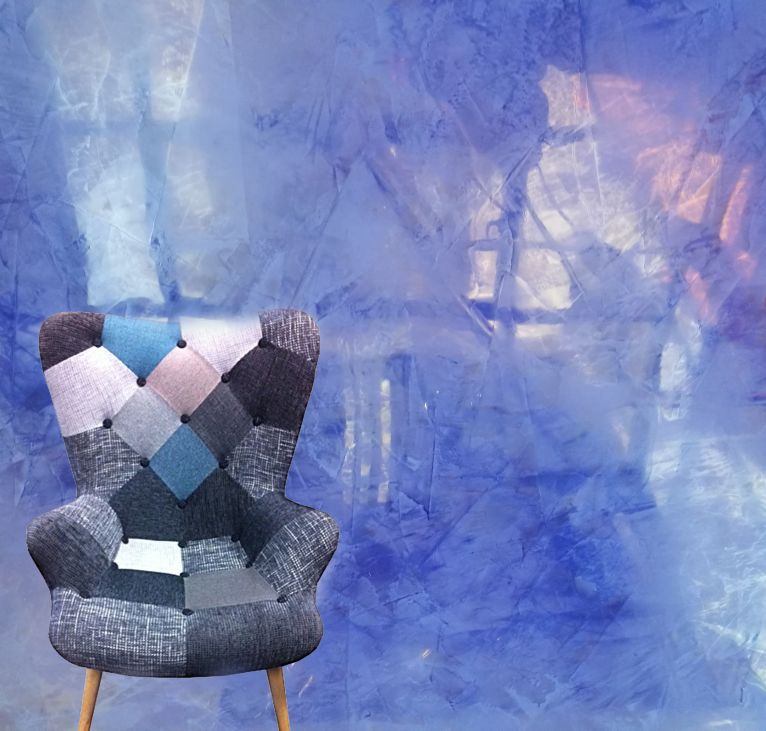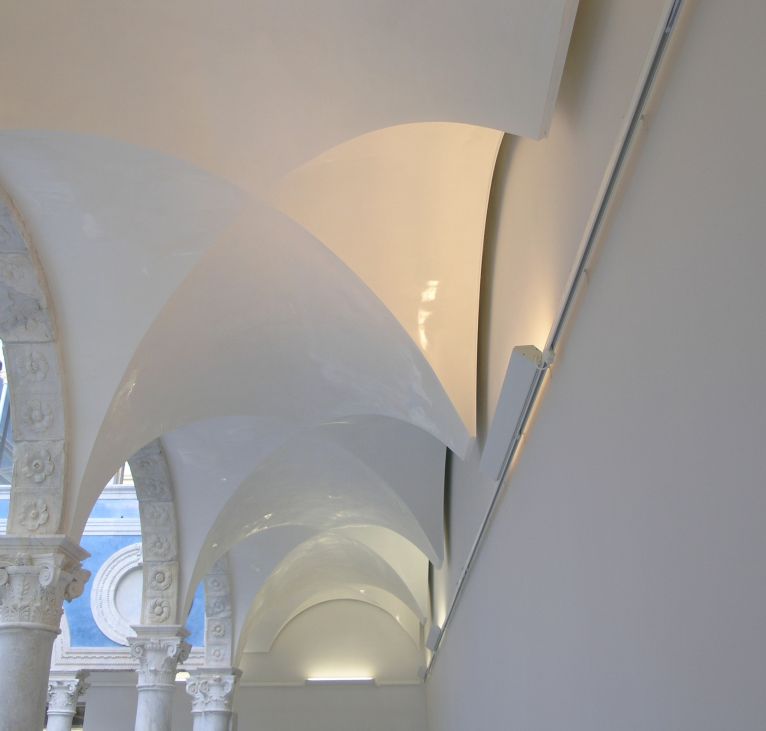What we call today “Venetian stucco” has its origin in techniques developed at the dawn of the Venetian Renaissance (XV), probably as an evolution of previous processes. The technique is called Spatolatto or Pastellone, and the formula was based on fine hemi-hydrate gypsum alabaster (building plaster) with animal glue (calf skin) as a binding agent, and water. Flaxseed oil and a wax emulsion were added to this mixture on the last coat, the “Spatolatto”.
This ancient and noble decorative “language” was recovered for our world by the Venetian architect Carlo A. Scarpa starting in 1955, a pioneer in introducing artisan techniques in state-of-the-art architecture, along with the master Eugenio de Luiggi.
The “Venetian stuccos” that we create today such as our Classic Venetian are more like evolutions of fine Venetian finishing plasters (without binders) of the Venetian eighteenth and nineteenth centuries, like those of the master Giacomo Querini di Venecia, possibly derived from encaustic painting. Our Classic Venetian is therefore a “stucco lustro”, for carrying out decorative plasters, with clear marble touches. Its final appearance presents a “spatula” or watered effect more defined than those based in greasy lime, like our Venetian Lime which is more faded. These old languages are a logical connection between craftsmanship and art.
Packaging: 5 y 10 Kg.
pH:8±0.5
Application tools: Suitable trowel and spraying equipment.
Cleaning of tools: water.
Thinner: Water
Colours: are obtained by mixing the Dyes/Toners


